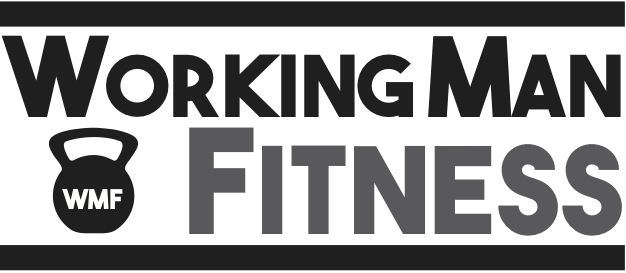I have to admit that breathing is something I don’t always do correctly. Kind of strange, huh? Something so fundamental to our existence and so many of us do it incorrectly.
But I work at it. And I try to pay attention. I also read about it, and one of the things that has piqued my interest lately is Systema Breathing, and in particular the stuff I’ve learned from Let Every Breath… Secrets of the Russian Breath Masters.
The book outlines seven principles of breathing that are really something we should be thinking about.
George Hackenscmidt, who lived until 90 and in remarkable health with incredible strength, said that air is the principle food of man. George had an incredible fitness consciousness so we should pay attention to his advice.
If you want to get more out of this “principle food of man” you’ll do well to review these Systema Breathing Principles.
Principle #1 – Nose and Mouth
Breathe in through the nose and out through the mouth. Steve Maxwell helped me discipline myself to breathe in through my nose. It’s a natural barometer. If you can’t do something without resorting to panic mouth inhalations, you need to slow it down.
Breathing through your nose is calming and can help you regulate yourself in a stressful situation.
Principle #2 – Leading
“Systema Breathing teaches us to begin any exercise motion or cycle with a breath action (inhalation or exhalation) – before the physical option starts.” The movement comes along for the ride. Every exercise is a breathing exercise. It’s a useful way to think about it.
Principle #3 – Sufficiency
Try to inhale only the amount of air you need and no more. Pay attention to the amount of air your body actually needs and develop this awareness..
Principle #4 – Continuity
Don’t hold your breath unless you have a specific training purpose. If you’ve ever caught yourself at your desk suddenly taking a huge gulp of air, it is likely you have been holding your breath and violating this principle. This is a common occurrence when concentrating or stressed. Pay attention to your breathing and keep it flowing.
Principle #5 – Pendulum
The change between inhalation and exhalation should not be abrupt, just as the change of a pendulums motion is not abrupt. It should be a flowing and smooth transition.
Principle #6 – Independence
Your physical motions should not be tied to any particular breathing pattern. This is also a great way to develop breath and body control. Think of an exercise you do and reverse the breathing pattern.
Principle #7 – No Tension
Even when performing the hardest of work, your body should be as relaxed as possible. This is difficult if you’re lifting heavy weights, but you can definitely achieve a calm face while lifting heavier weights. This is a degree of mind and body control.
* * *
The idea interwoven throughout Let Every Breath… Secrets of the Russian Breath Masters is an idea of self-mastery. Self-mastery is something we should all be working towards (and in fact we are all working towards regardless of whether we’re conscious about it). This book has given me some great insights to put in practice, especially on walks and with push ups and squats.
The book asserts that System is rooted in Orthodox Christianity. Whether you are a professing believer or not, there is poem by William Blake called Pentecost highlighted towards the end of the book:
Unless the eye catch fire, then God will not be seen,
Unless the ear catch fire, then God will not be heard,
Unless the tongue catch fire, then God will not be named,
Unless the heart catch fire, then God will not be loved,
Unless the mind catch fire, then God will not be known.
The book then asks, “What does a fire need?”
And therein lie the importance of breathing.
